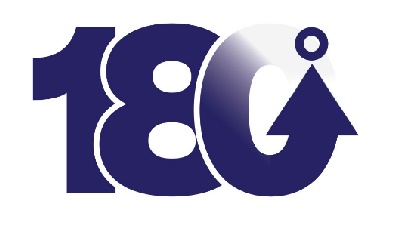The Dictionary of Medicines and Devices (dmþd)
| Home | | Hospital pharmacy |Chapter: Hospital pharmacy : Community health services
One of the barriers to the seamless electronic transfer of information has been the lack of a common drug dictionary.
The Dictionary of Medicines and Devices (dmþd)
One of the barriers
to the seamless electronic transfer of information has been the lack of a
common drug dictionary. The use of such a dictionary is a key requirement to
support the delivery of systems that aim to facilitate reduction in clinical
risk, for example, e-prescribing. Its use will facilitate the use of standard
descriptions for all medicines, as well as the use of a common coding system
and structure. The lack of use of such a dictionary was further highlighted in
2009 as the main barrier for the development of the pharmacy supply chain and
key for addressing problems with pharmacy computer systems in hospitals.
Driving existing systems towards the use of dmþd (see below) has
remained problematic.
The Department of
Health and the National Health Service Information Authority started working to
produce a common drug dictionary for second-ary care via the UK Standard
Clinical Products Reference Source Project, which worked to produce three
component parts – (1) the primary care drug dictionary; (2) the secondary care
drug dictionary; and (3) the medical devices dictionary. This project is now
better known as dmþd and has developed
to become a partnership between the Business Services Authority (BSA) and NHS
Connecting for Health (NHS CFH), amalgamating the three compo-nents outlined
above.
The BSA and NHS CFH
have produced a drug dictionary which contains all items prescribed more than
three times a year in primary care as well as an extended range of products to
meet secondary care needs. Information on the content can be accessed via a
browser available on the internet, from which users can register to receive regular
downloads of the content. The medicines content is largely complete, and
additional items are added as they are marketed or become known.
The dictionary is
not simply a list of medicines that are utilised within the NHS; it also
contains a number of other items of information which include, but are not
limited to, controlled drug status, product availability and flags identifying
whether brand prescribing is required.
The dictionary has
continued to develop since its initial release to meet secondary care
prescribing requirements. It has now been incorporated into Snomed CT, the key
clinical data standard that is being rolled out across the NHS.
Details about the
editorial policy, the structure and content of dmþd and implementation
guidance for primary and secondary care can be found on the dmþd
website. It is hoped that future work will extend the content to link with the
Profile database of NHS-manufactured specials and to incorporate medical
devices. This latter project is complex and is likely to take some time to
deliver fully.
We can see that one
of the key building blocks required to support the development of IT systems is
now largely in place and has started to proceed through the information
standards route. It was accepted at the requirement stage as a fundamental
standard in March 2009 and looks set to become the NHS standard for describing
and coding medicines by around 2015 in primary care. Secondary care will miss
this first standard requirement and will likely take a little longer to move
through the process. This will require that NHS trusts use the standard within
their systems, thus helping to drive its use forward. Incorporation into
pharmacy stock control systems, e-prescribing systems and any other systems
used to support NHS medicines management is going to be key to supporting
integrated patient care moving forward.
Related Topics
